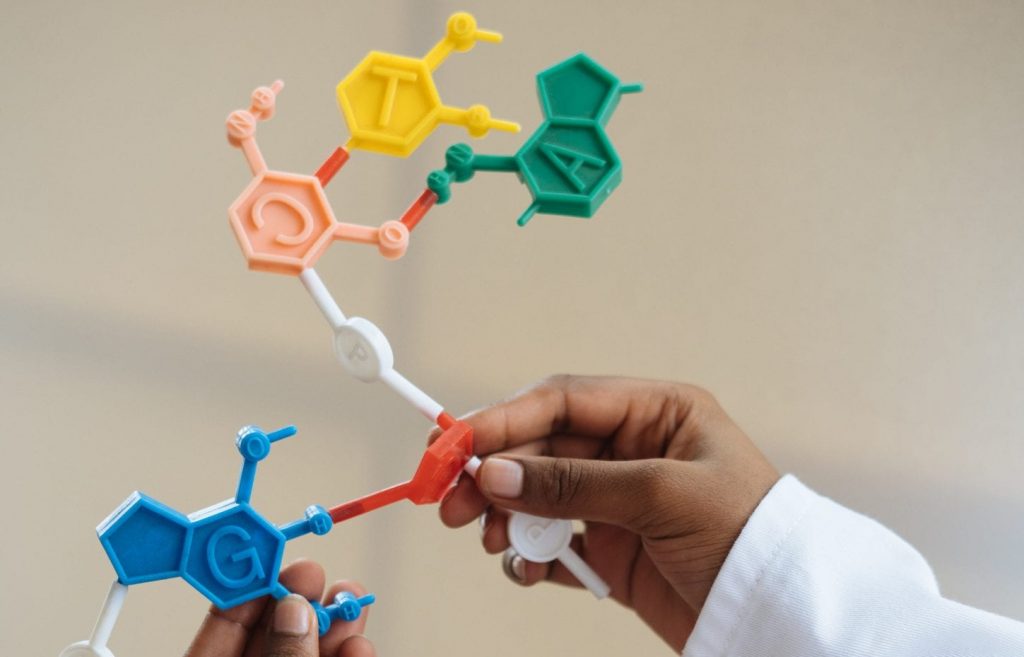
Iron-deficiency anemia is more common, than you think, especially in girls and young women.
How does iron-deficiency anemia manifest itself:
- Fatigue
- Fine hair and nails
- Pale skin
- (In some cases) a bad mood
Iron-deficiency anemia
This is an iron deficiency that can result from heavy menstruation in young women and girls but can also be caused by hemorrhage, poor diet, or poor intestinal absorption.
This disease can also be a temporary problem caused by a high need for iron, as well as adolescence, pregnancy, or breastfeeding.
The most common treatment is to take iron supplements. However, they can have side effects such as gastritis, stomach problems, or constipation, as well as increased oxidation of the body.
Also, if the problem is caused by poor absorption, taking supplements will not help.
1. Water therapy
Hydrotherapy or water therapy with different temperatures can be effective in treating many problems, including anemia.
In this case, water stimulates blood circulation and, as a consequence, produces red blood cells. It is important to note that people with anemia usually find it difficult to tolerate the cold.
You can take two types of showers that may be helpful to you:
- Warm shower for feet and hands.
- Cold shower for chest and back.
2. Ferrum Phosphoricum
If you know that you suffer from iron deficiency anemia due to a lack of intestinal absorption, taking iron supplements will not help.
What you need to do is take a natural supplement that will improve the absorption function of the intestines. This requires the following remedy: Ferrum Phosphoricum or iron phosphate D6 (Schussler’s salt). This natural remedy does not contain iron and has no side effects.
3. One salad a day
Many people believe that to increase the iron in their diet, they need to eat more red meat. However, eating too much animal protein can have negative effects on the liver and kidneys.
The best thing you can do to overcome iron deficiency anemia healthily is to add a little salad to each dish.
You can use the following ingredients:
- Lettuce and other green leafy vegetables (arugula, nasturtium, etc.)
- Beet
- Carrots
- Pepper
- Kale
- Tomato
- Cucumber
- Cabbage
- Nuts and seeds
4. Add a little lemon
Iron is absorbed much better if you consume it with vitamin C or ascorbic acid.
You can take vitamin C supplements daily or try to get used to the dishes with the addition of a little fresh lemon.
Other foods rich in vitamin C are:
- Citrus fruits
- Red fruits
- Barbadian cherry
- Pepper
- Papaya
- Kiwi
- Guava
- Dog-rose
- Parsley
5. Be careful with dairy foods
Although vitamin C improves iron absorption, milk and dairy foods have the opposite effect.
Dairy foods are alkaline and neutralize stomach acids, which inhibit the absorption of iron.
For this reason, if you suffer from iron deficiency anemia, you should reduce your intake of these foods or at least consume them separately from other foods.
6. Adjust your menstrual cycle
If you know that your iron deficiency is caused by heavy or irregular menstrual cycles, then according to the above advice, you should use a natural remedy to regulate your cycle.
Some herbs have the ability to reduce menstrual bleeding when it is excessive:
- Nettle
- Gentian
- Vitex
- Horsetail
7. Spend time in the sun
One of the simplest, cheapest, and most enjoyable remedies to prevent and treat iron deficiency anemia is sunlight.
However, you should use sunscreen and stay in the sun for a short time (maximum 10 minutes).
This is important to do as often as you can if you are deficient in vitamin D due to this type of anemia.
Picture Credit: Pexels
